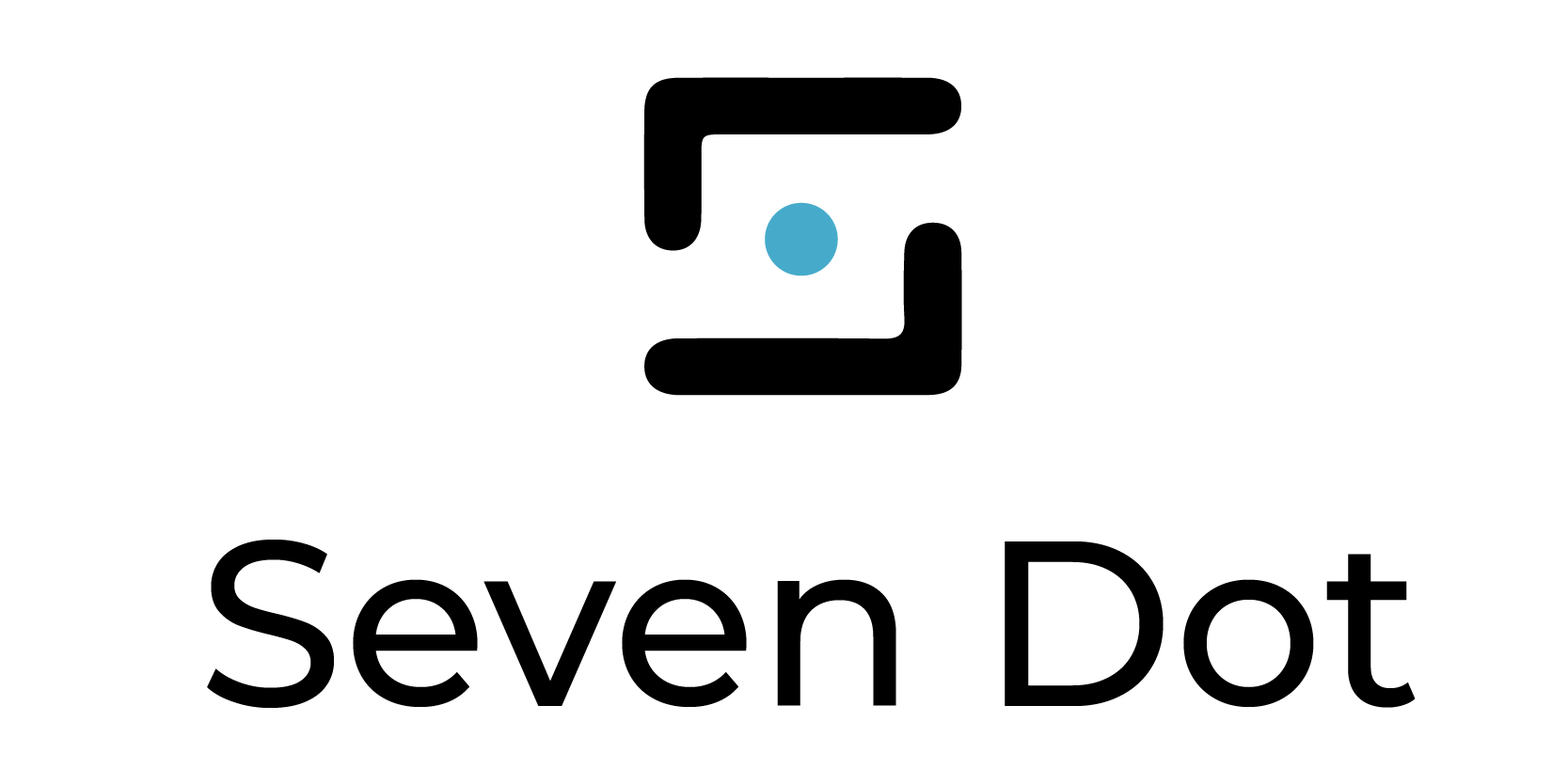
The brand you create needs to be more than just a logo and tagline. It needs substance and character before it can be taken seriously by the consumer. To do this, you need to develop a clear understanding of who your consumer is, what they want from their products or services, and how they want to feel while using them. This will help guide your decisions as you design your brand identity along with its marketing materials—including logos and packaging designs—so that when people see them for the first time (or again), they know exactly what type of experience awaits them!
Answer the question: What is your purpose?
- What is your purpose?
- Why do you exist?
- What is your mission statement?
- What is your vision for the future?
- How will you achieve your goals (and measure success)?
Identify your goals.
- Identify your goals.
- Set a goal that’s ambitious, but realistic. Make sure it’s measurable and achievable in 3-6 months time.
- Write down all of the steps you need to take, from signing up for a membership at a gym and buying new clothes to taking classes and practicing self-defense moves in your home. This will help keep you on track with each step along the way!
Create a customer profile.
Now that you have a solid understanding of who your audience is and what they want, it’s time to start creating content for them.
Creating a customer profile is one of the most important parts of building a brand from scratch. It will help you understand who exactly your customers are and what they want from their experience with your business. The more detailed this information is when compared with other companies in the same industry (or even similar ones), the better chance you have at making an impact on their lives as well as gaining new clients or retaining old ones.
Here are some questions I recommend asking yourself:
- Who are my target audiences? What do they look like? How old do they seem to be? Where do they live geographically/geographically speaking geographically speaking geographically speaking geographically speaking geogrpahically
Develop your brand identity.
As you begin to build your brand, it’s important to remember that building a successful brand is a long-term process. Your brand identity will evolve over time as you continue to create content and communicate with customers. You’ll have to be able to articulate what makes your company unique and memorable, along with how this personality can be translated into all aspects of the business’ operations (from customer service through marketing).
To develop this image for yourself, keep in mind these four key elements:
- Create a powerful visual identity—Your logo should convey some sort of emotion or feeling when people look at it; this could mean being playful or serious depending on what kind of message you want them to get from seeing it every day for years or even decades! If possible, show off different variations on how often people tend toward one type over another so there isn’t any confusion about what kind(s) might suit their needs best.”
Make a promise to the consumer.
An important part of building your brand is making a promise. A promise is something that you can’t back out of, so it’s important to be sure that you are being honest with your consumers and keeping your word.
A promise is something like “I’ll send you a new pair of shoes in three weeks,” or “I guarantee this product will work for you.” It’s an implicit contract between the consumer and the brand, which means that if they don’t receive what was promised, they have recourse through legal action (i.e., lawsuits).
Making promises helps build trust among consumers who might otherwise hesitate in purchasing from an unknown brand without knowing where their money will go if something goes wrong later down the road—and this also leads us into our next point…
Do some market research.
Before you can create a successful brand, you’ll need to define the problem and set goals.
- What are your objectives? For example, if your aim is to become a fitness coach, then perhaps you should consider setting up an online course or blog that teaches others how to achieve their own fitness goals. The best way of doing this would be by starting with step one—setting realistic expectations for yourself and what it will take for you personally.
- How much time do I have available? If possible, try not to make any big decisions when overwhelmed with work or responsibilities at home or school; however if there’s no choice then don’t forget about asking friends/family members who might also help out during this period where they think we should focus our efforts first (i.e., on building up our website etc.)
Define yourself as an authority in your field.
- Define your brand’s purpose.
- Define your brand’s goals.
- Define your brand’s customer profile.
- Define your brand’s identity.
- Define the promise you make to the consumer, and how it differs from competitors’ offers in order to differentiate yourself (e.g., “We’re the best because we use organic ingredients”).
Create brand influencers.
You may be wondering how to find influencers in your industry and target audience. You should be able to find them by searching Google, but there’s also an easier way: use the social media platforms that already exist for your industry. If you’re selling supplements, then check Instagram or Twitter; if you’re an app designer building a new Snapchat feature, look on Facebook; and so on.
The key here is finding people who have large followings for the things you do as well as valuable insights into what others want from them (and from your brand). These are people who can provide insight into what consumers want when they buy products like yours—and how those same consumers are interacting with other brands in their space right now!
A brand needs substance and character before it can be taken seriously by the consumer
A brand needs substance and character before it can be taken seriously by the consumer. If you want to build a strong, lasting reputation for your business, branding is essential.
It’s not just about having a logo or fancy letterhead—it’s about communicating who you are as a company and what makes you unique from other businesses in the same industry. This means more than just having a good website: It also includes how you present yourself to customers (through social media posts, for example), how much time and effort goes into customer service interactions on their end, whether or not employees speak well of one another at work—the list goes on!
Conclusion
The best way to become a brand is to start with a product or service that you believe in and that delivers on its promise. This will give you the credibility and authority necessary to establish yourself as an expert in your field.
